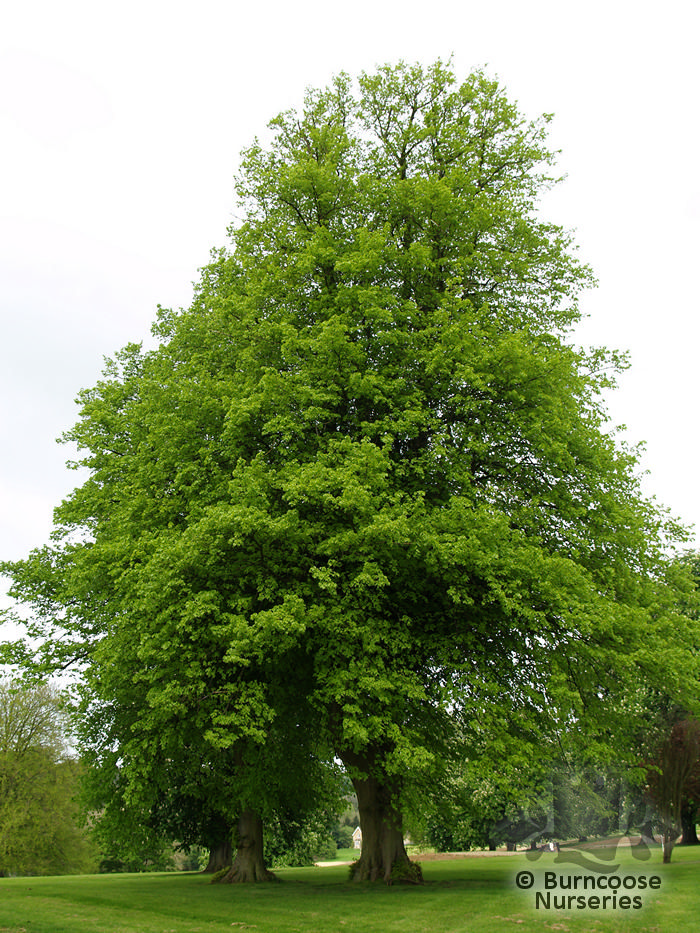TILIA




TILIA
Commonly known as Lime, Linden
Genus of 23 species of deciduous trees found in woodland in Europe, Asia and North America. They grow into stately specimens and some have colourful red winter shoots.
Included are 3 UK natives, T. cordata, small-leaved, T. platyphyllos, large-leaved and common, T x europea which is a hybrid of these and now found mainly in urban areas or parks. Lime leaves are food for several moth species and are very attractive to aphids which in turn attract insects, especially hoverflies and ladybirds. These in turn attract birds. Bees are attracted by the flowers and also drink the honeydew excreted by aphids.
Nectar of T. tomentosa and T. tomentosa 'Petiolaris' and oliveri however might be toxic to bees, especially bumblebees.
Full Plant Details - Sun/Soil & other attributes
-
Floweringlocal_floristJanlocal_floristFeblocal_floristMarlocal_floristAprlocal_floristMaylocal_floristJunlocal_floristJullocal_floristAuglocal_floristSeplocal_floristOctlocal_floristNovlocal_floristDec
-
 Good to know
Wildlife plant - bees.
Good to know
Wildlife plant - bees. -
 Place of origin
Europe, Asia, North America
Place of origin
Europe, Asia, North America -
Deciduous
-
Woodland garden
-
Tree
-
 Bee friendly
Bee friendly
View Planting Tips and Care Advice
Tilia - Growing Guide

